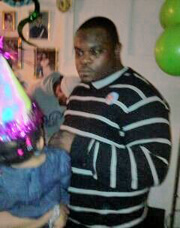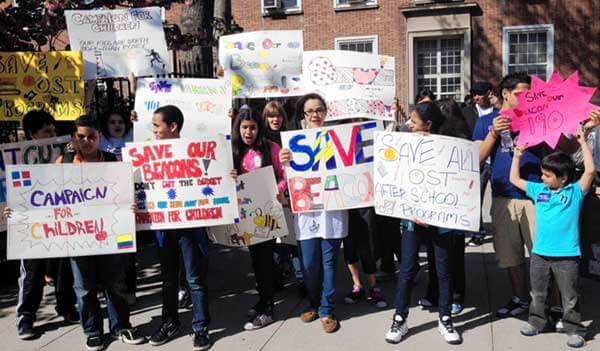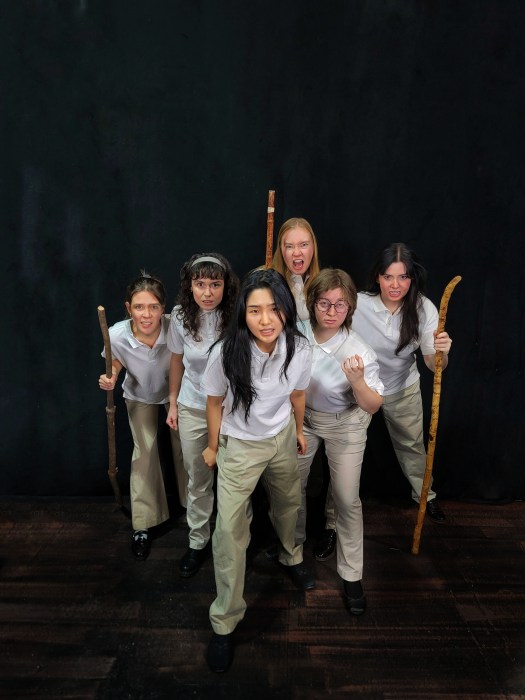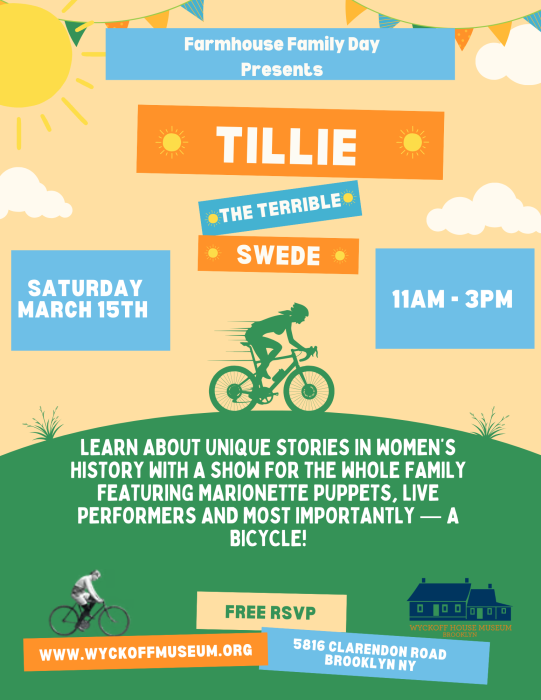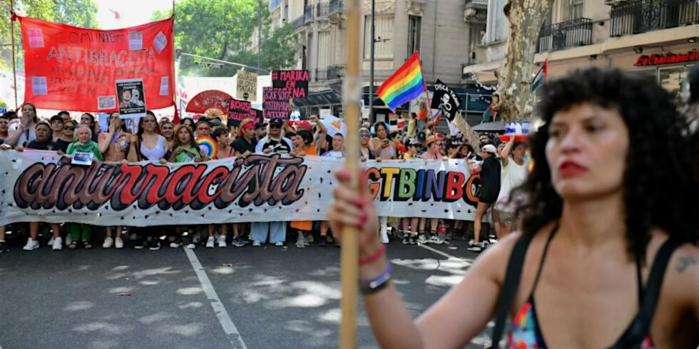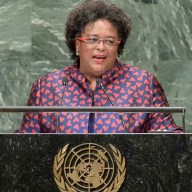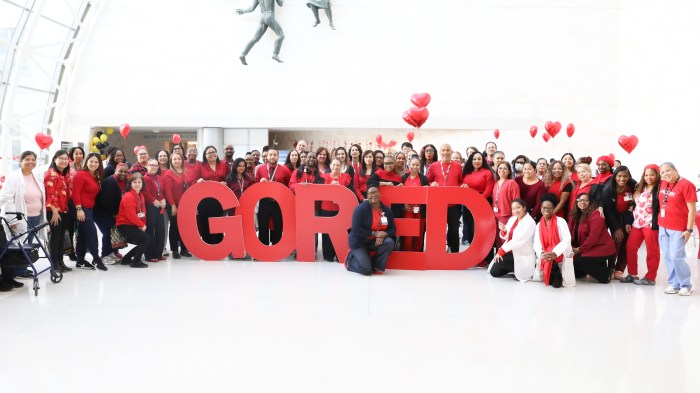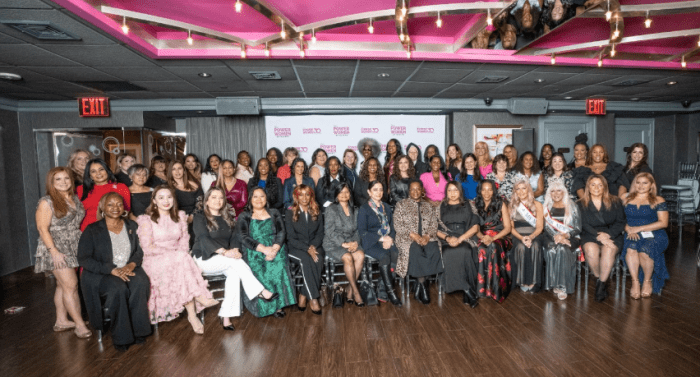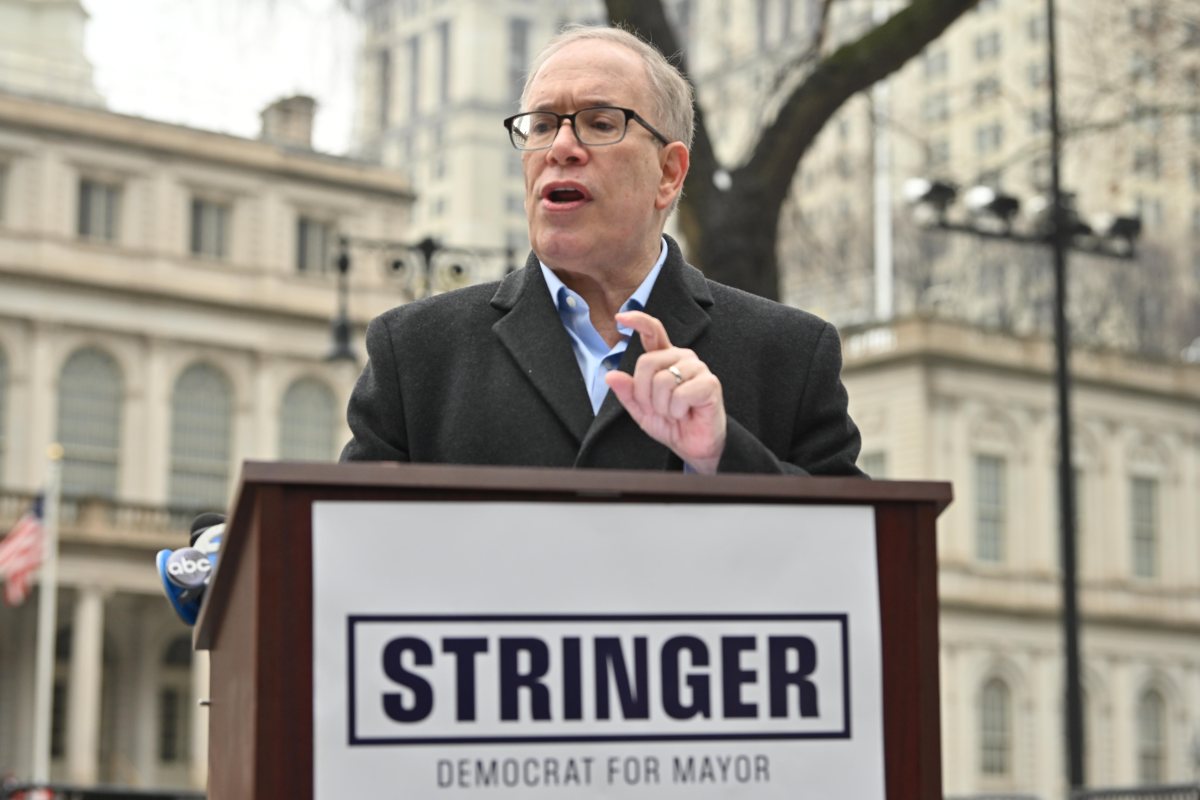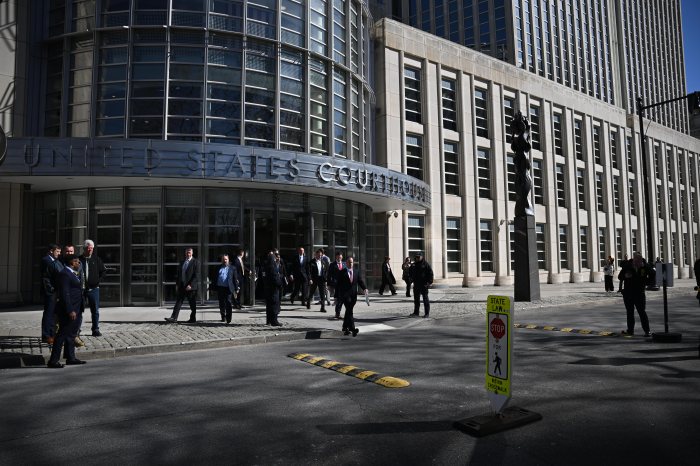Jamaica Center for the Arts (JCAL) is wrapping up its spring session of weekend dance, music, cartooning, and drama classes for children. The Center is one of the few in the area offering a variety of cultural programming and, like many such institutions, is greatly challenged in this economic environment.
Starting in July, summer activities will feature, for the first time, a three-afternoons-a-week, arts day camp running through mid-August. Weekend arts courses will also resume. By June, JCAL will post their upcoming sessions on there website: www.JCAL.org.
As part of last weekend’s Municipal Arts Society Jane’s Walk, a walking tour of Jamaica, Queens, which started from the Jamaica Center for the Arts on Jamaica Avenue, focused on some of the neighborhood historic sites and public art. Community artist/activist-in-residence Rejin Leys led the walk with a majority of attendees from Queens and a smattering of curious adventurers from Manhattan.
It was explained that Jamaica was settled under the Dutch in 1656 and was the county seat for 100 years under the British starting in 1683. The name, not related to the name of the country of Jamaica, might come from a Native American word in the Lenape language– “Yameco”, a corruption of a word for beaver. (Historically, the area is part of a flood plain.)
Leys also mentioned that Jamaica Avenue was originally an Indian trail leading from Long Island to the East River. When it eventually became a road, by stagecoach, the trip to the (now) East River would take two-and-a-half hours.
The selected walk started with a look at “Confirmation” by Melvin Edwards the stainless steel public sculpture on Parsons Blvd. outside the Social Security Building, Federal Plaza. Around the other side of the building, the group looked at “Poets Rise”, a bronze lectern and well (based on research on the site, where a well, a gathering place had been) by Houston Conwill offering the viewer a chance to wish and speak.
The nearby former First Reformed Dutch Church (1859), saved from the wrecking ball, and now a beautiful (multi-purpose space) Jamaica Performing Arts Center, a walk by the graveyard of the Grace Episcopal Church and a visit to the 1500 pound bronze “Wheel of Justice” by Ed McGowin and Claudia Demonte, outside the Supreme Court Building on Sutphin Blvd., were included in the walk.
Leys’ 11-year-old son George Elizee helped mom, making sure stragglers didn’t get lost. “Why are you doing this?” he asked her at some point during the day. Leys, who grew up in Jamaica and has spent much of her adult life living there, replied, “In the 70s and 80s, Jamaica fell on hard times. It’s hard to shake that. If people knew the 350 years of history of the area, they wouldn’t let 20 years define the neighborhood.”
The highlight of the walk was the visit to King Manor Museum in King Park, Jamaica Ave. at 153rd St. This was the country home of Founding Father and signer of the Constitution, Rufus King (1755-1827), who was a senator, ambassador, and opponent (though not an abolitionist) of slavery. As he led his civic and political life, those he hired farmed the land and while he lived in this farmhouse, he made that stagecoach commute to the river, ferry to the City, where he would also stay. His son later served as New York’s Governor.
The ground floor has a re-creation of some of the rooms and a very knowledgeable docent (his PhD is in the history of the book) gave the group a quick tour and fielded a multitude of questions. King Manor sits on an 11-acre park and has been a museum since 1900.
Says Leys, “This was the first time I was there. This walk gave me the opportunity to discover the neighborhood as well.”
The walk was part of a weekend long, citywide series of free neighborhood walks honoring the legacy of urban activist, Jane Jacobs, who championed the uniqueness of neighborhoods and celebrated ‘locals’ who keep them strong, livable and resilient.


